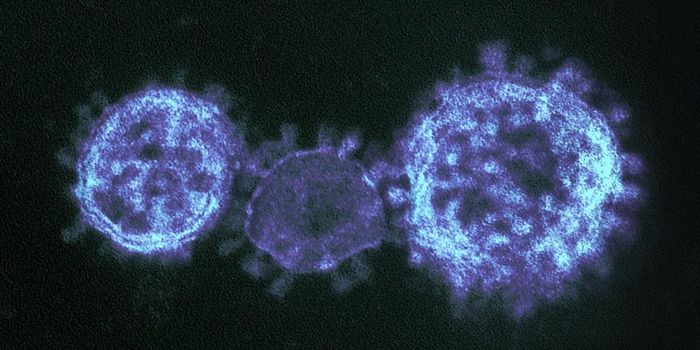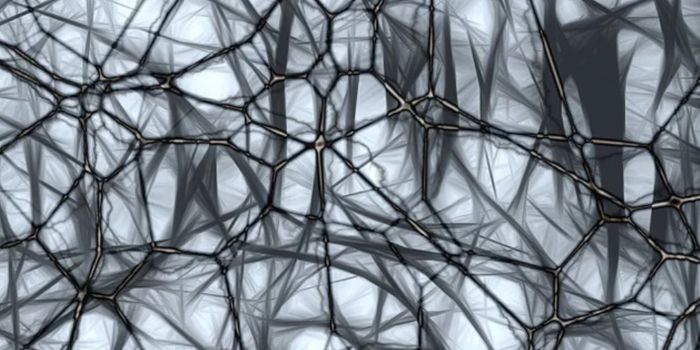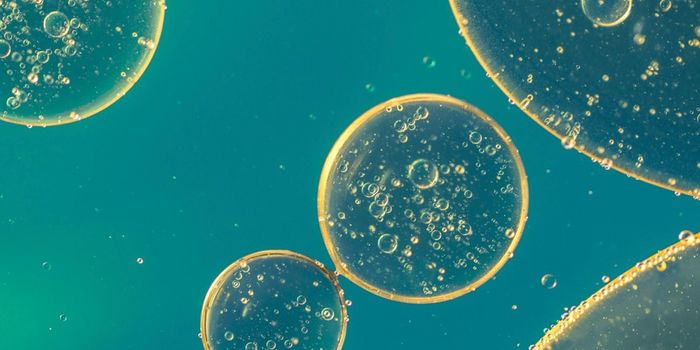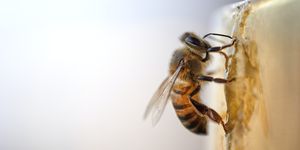How Exactly do Bacteria Move? An Old Question is Finally Answered
Bacteria are single-celled organisms, and while we know they can move around with filaments, the exact mechanisms behind how they do so has been unclear for many years. Researchers have now used cryo-electron microscopy to reveal the structure of filaments on bacterial cells, and how they coil into corkscrews that are used to propel bacteria. These filamentous propellers are made of repeating subunits of only one protein. The findings have been reported in Cell.
"While models have existed for 50 years for how these filaments might form such regular coiled shapes, we have now determined the structure of these filaments in atomic detail," said study leader Edward H. Egelman, Ph.D. of the University of Virginia School of Medicine.
This study has shown that the models that were developed are incorrect, said Egelman, but this new data "will help pave the way for technologies that could be based upon such miniature propellers."
Bacteria can have one or many flagella, which are made up of thousands of subunits, and although those subunits are all the same, they don't form an inflexible string, or a uniform structure. Instead, the subunits take on different states to create a rotating, propeller-like appendage that can be corkscrewed. The one protein that repeats many times to make up a flagellum is able to take on any one of eleven different states, and the combination of states enables the corkscrew to form. The compacted corkscrew generates thrusting power, which is then released to push the bacterium forward.
Bacteria can be seen moving in the video below.
Bacteria aren't the only single-celled organisms in town, however. Archaea are another type of single-celled organism that are known to carry flagella that can also behave like propellers.
The researchers assessed the flagella in one type of archaea, called Saccharolobus islandicus, in this study as well. They determined that the protein that forms the archaeal flagella has ten different states. So the details of the mechanism in archaea are different from bacteria, but the result is the same: the flagella form corkscrews that propel the cells.
The researchers noted that this is a type of convergent evolution, in which nature has arrived at the same place but taken different paths to get there. While bacteria and archaea carry flagella that enable movement, their traits evolved independently.
Sources: University of Virginia, Cell









